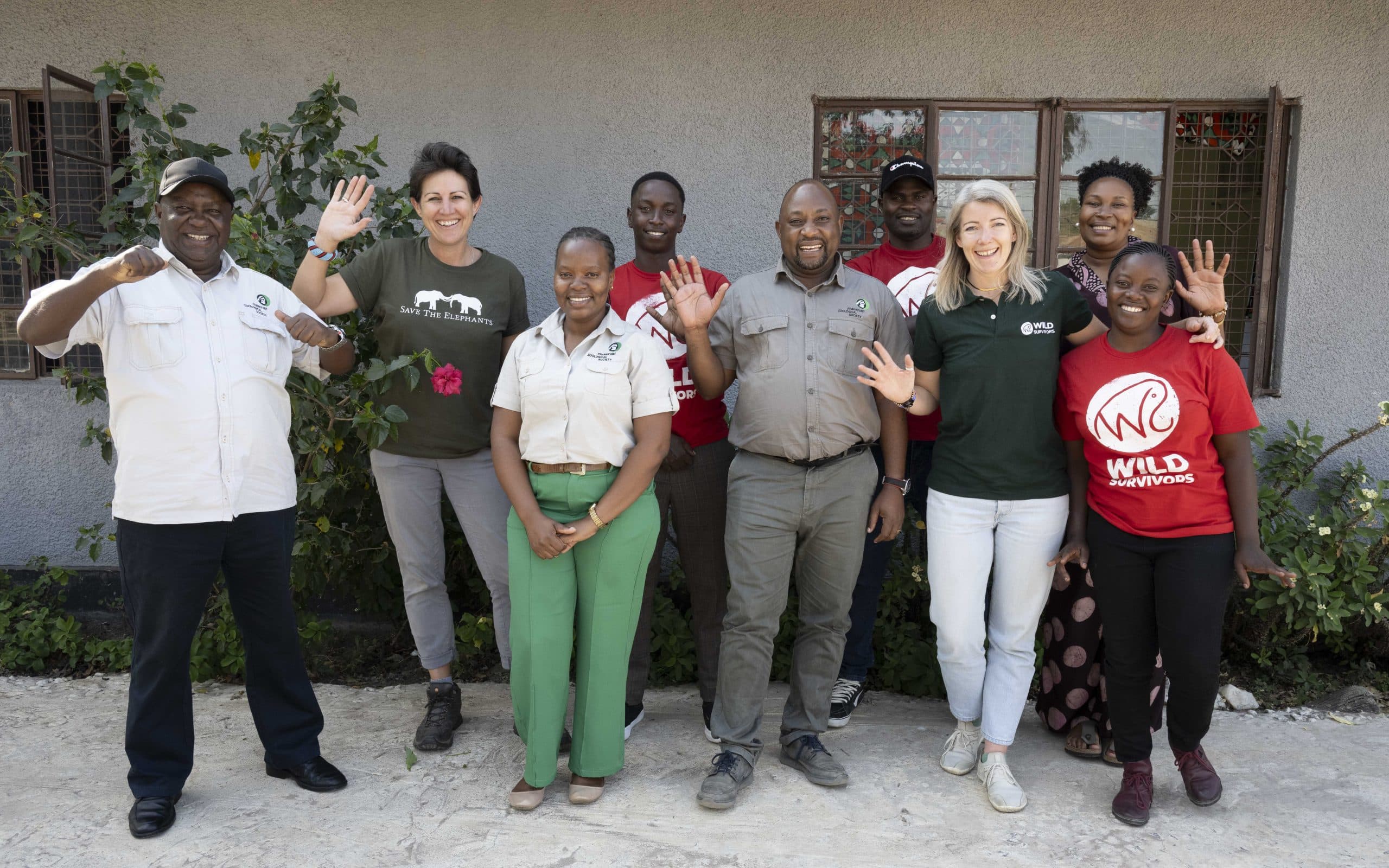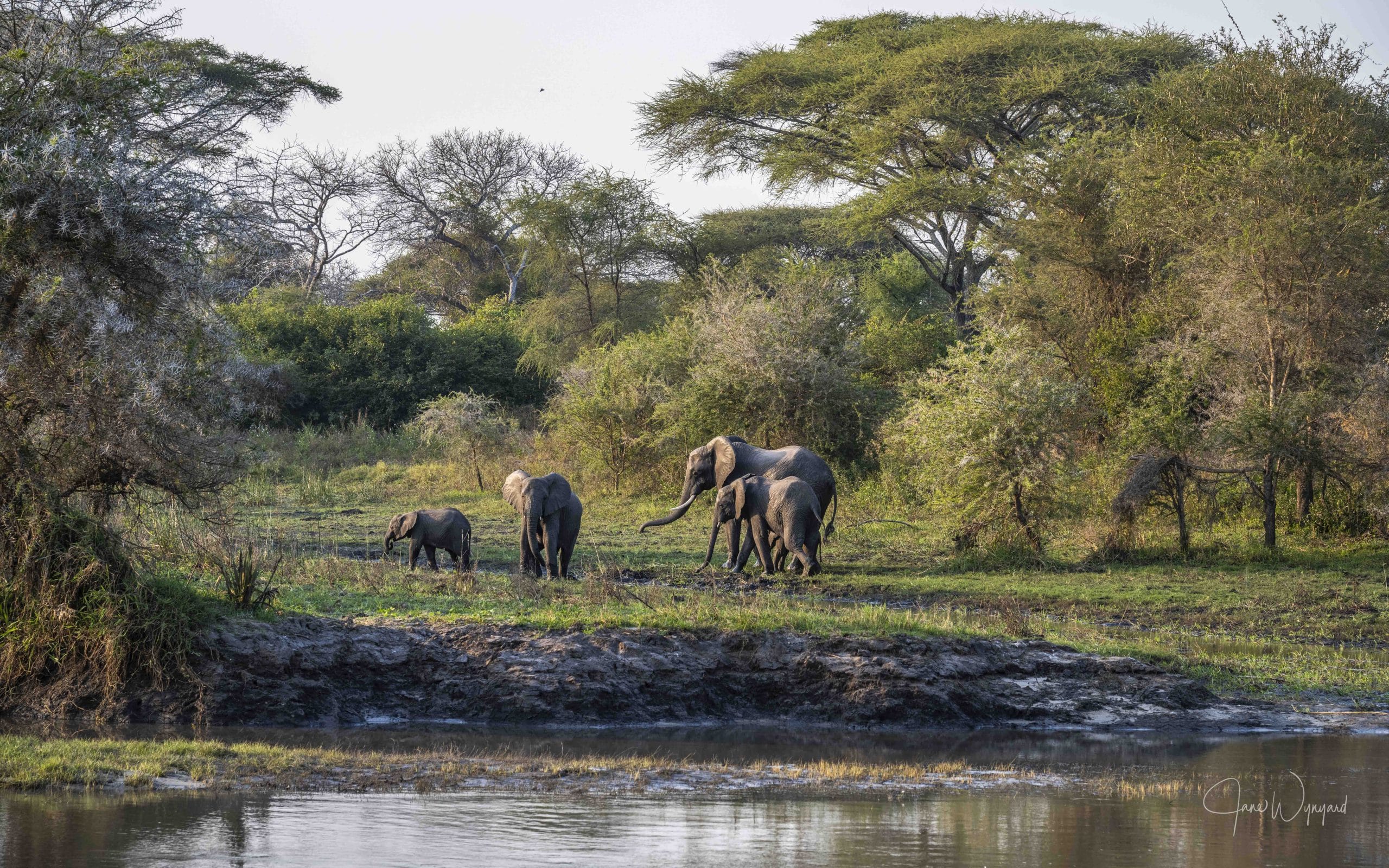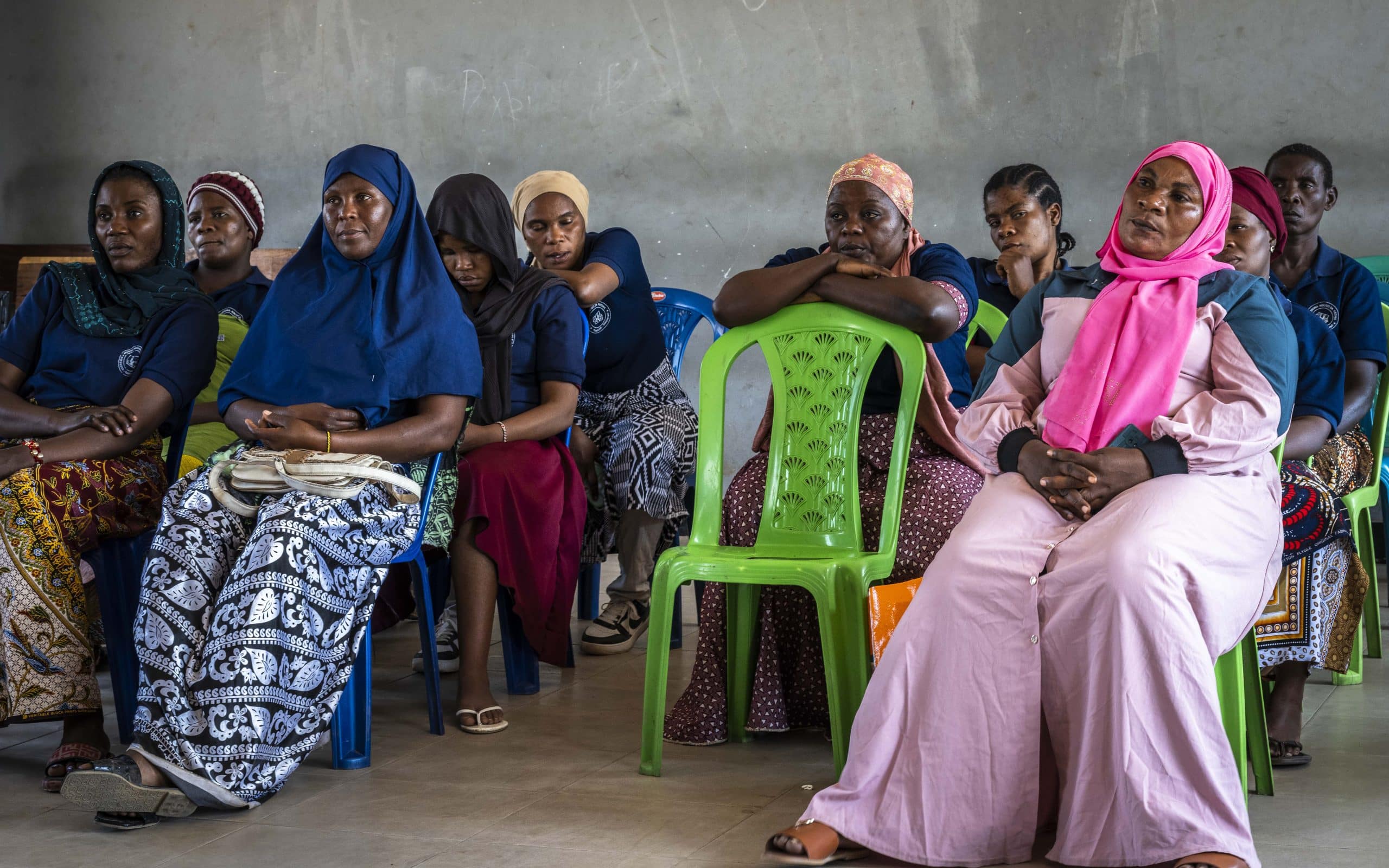Western Tanzania: On the Road to Coexistence
Tanzania is best known for its spectacular northern safari circuit, where the teeming plains of Serengeti plunge dramatically down into the cauldron of the Ngorongoro Crater. However, most tourists don’t know what they are missing by not adding an extra leg to their journey to explore the remote south-west region where the forests remain thick and tangled and it’s more common to have your track blocked by hippos than hipsters. It was here that we landed in June 2025 in the newly constructed Mpanda Airport, where the Elephant Crisis Fund has identified two inspiring conservation partners – Frankfurt Zoological Society (FZS) and Wild Survivors – who are working together to help elephants, chimpanzees, and people live in harmony along an exciting recently recognised wildlife corridor.
To the north of Mpanda, we joined the dynamic FZS field team to meet some of the 46 freshly trained elephant monitors who have been empowered with new kit and tablets to record all human-elephant conflict incidents either side of a 100km long wildlife corridor that runs from soaring Mahale Mountains National Park to the north down to plains of Katavi National Park in the south. This spectacular, intact, stretch of forest has been identified by the Tanzanian Government as one of 61 wildlife corridors that are being formally gazetted and protected across the country. With this critical protection in place, elephants will be able to move freely between the two national parks, and additionally Mahale’s thousand-strong chimpanzee population will be able to breathe a little easier inside a more widely protected ecosystem.
FZS are not only building local capacity in terms of employment and data collection through their network of corridor monitors, but they are also supporting 39 CoCobas – Community Conservation Banking groups – that help support innovative livelihood projects for each community living next to the corridor. These groups are producing empowered individuals who are learning to make a healthy living without extracting natural resources from the parks or corridor.
Their partner in the landscape, Wild Survivors, are elevating their distinctive conservation model that focuses on promoting women’s beekeeping groups for communities living next to protected areas. By placing women at the core of their activities, the team are providing not only a source of family income, but the women generate a circular economy around beekeeping which should provide long term sustainability benefits. The women are being trained to buy honey off the network of protective beehive fences that are being installed around community farm boundaries to deter elephants from entering and foraging on the crops. As we walked along two of these long beehive fence lines with the WS team and a throng of farmers who were proudly showing us the hives starting to fill with active bees, it was profound to witness how an idea fostered from a folk lore in Kenya has now spread to these remote communities a thousand kilometres away. It felt like both ECF partners had chosen appropriate coexistence methods for these more remote communities that are not yet receiving benefits from eco-tourism like their northern counterparts.
With fresh funding from the ECF and supported by our close partner, The Disney Conservation Fund, we are thrilled to be assisting the growth and scaling up of these two projects who are neatly weaving together coexistence methods with landscape protection strategies. We hope that our investment will protect these special natural spaces for elephants in western Tanzania for generations to come.
Dive into the full story and see our partners in action here:
By supporting the ECF, you help protect field sites like this and secure a future for elephants.
Photos and film by Jane Wynyard / Save the Elephants



